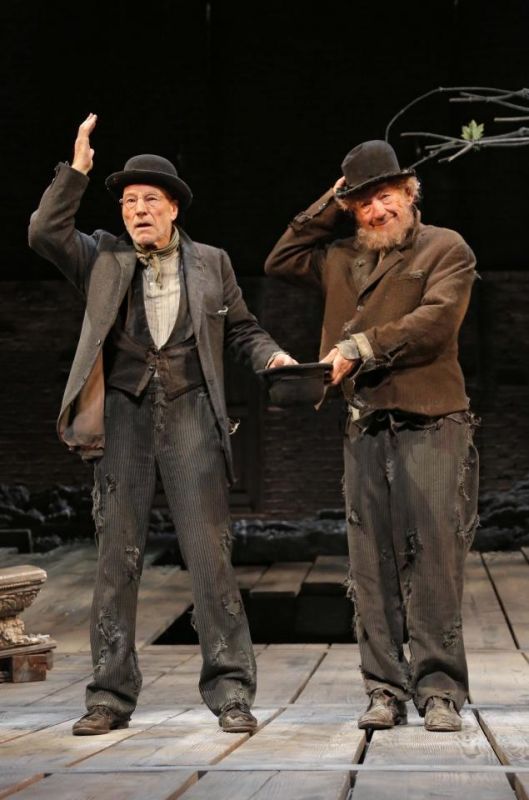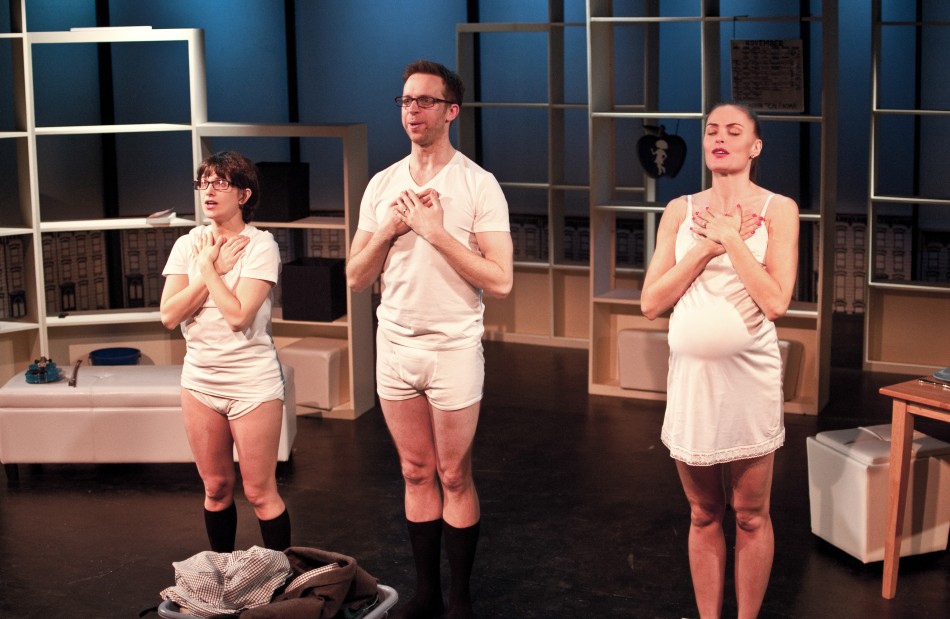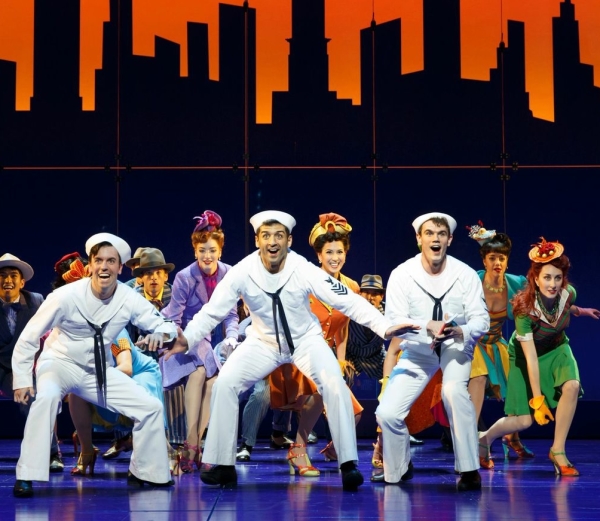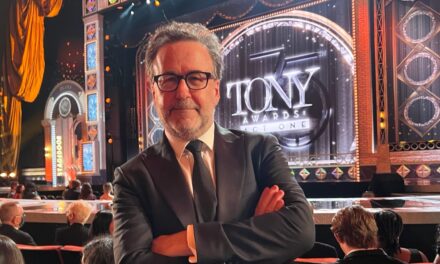“Filmed in an empty theatre, over seventeen days, during a global pandemic…”
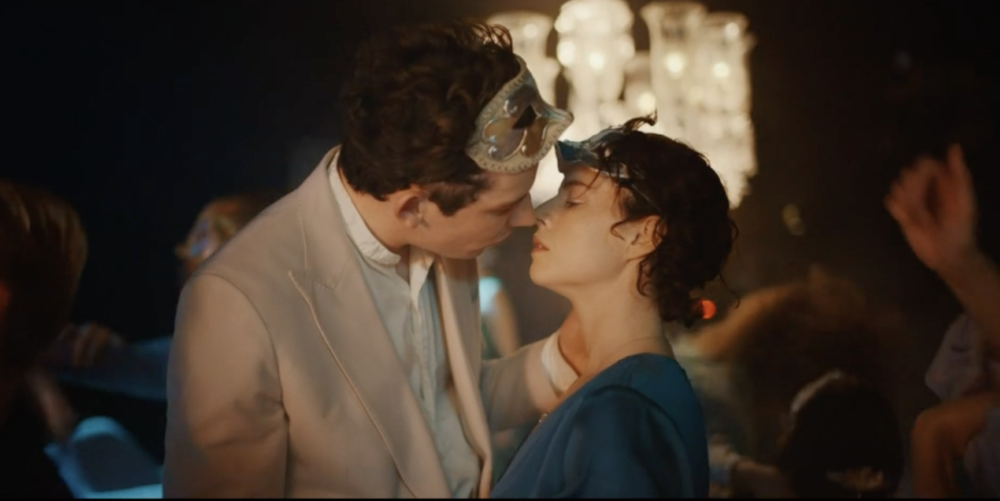
by Carol Rocamora
This brief message flashes by, momentarily, on PBS’s screen at the conclusion of Simon Godwin’s breathtaking Romeo & Juliet. Yet that phrase’s simplicity and modesty only serve to highlight the brilliance and ingenuity of a full stage production mounted in these traumatic times.
Godwin’s production was in rehearsal at the Royal National Theatre in London, Soutra Gilmore’s sets were being built – and then the pandemic hit. But the National was determined to keep theatre alive during this darkened year. As cast member Tamsin Greig said: “Instead of focusing on what isn’t possible, we asked: ‘What IS possible?’”
So Godwin faced a daunting task – to stage a Shakespearean play on film and at the same time make it a theatrical event.
Godwin succeeds spectacularly. His cast enters a rehearsal hall in street clothing, casually greeting each other, until the immortal lines are uttered: “Two houses, both alike in dignity…” Thereafter, “ninety minutes of traffic” flash by with lightning speed. Godwin and his adapter, Emily Burns, have cut the original three-hour script in half, down to its very essence – namely, an immortal love story.
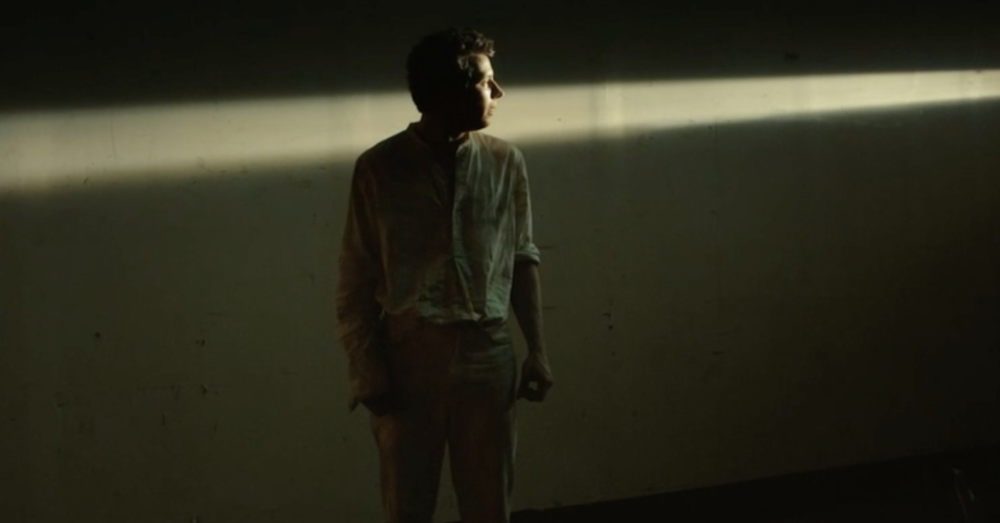
Godwin and Soutra Gilmore make full use of the National space. Ensemble scenes like the masked ball where the lovers first meet (under sparkling chandeliers) take place on the empty stage itself, while the violent murders of Mercutio and Tybalt take place backstage behind the scaffolding. Intimate scenes – like Juliet’s boudoir – need only a bed in a bare space. There are other arresting choices: for example, as she prepares to take the sleeping potion, Juliet delivers her soliloquy to her fellow cast members seated in chairs around her, as if she’s reaching out for their support in this traumatic moment.
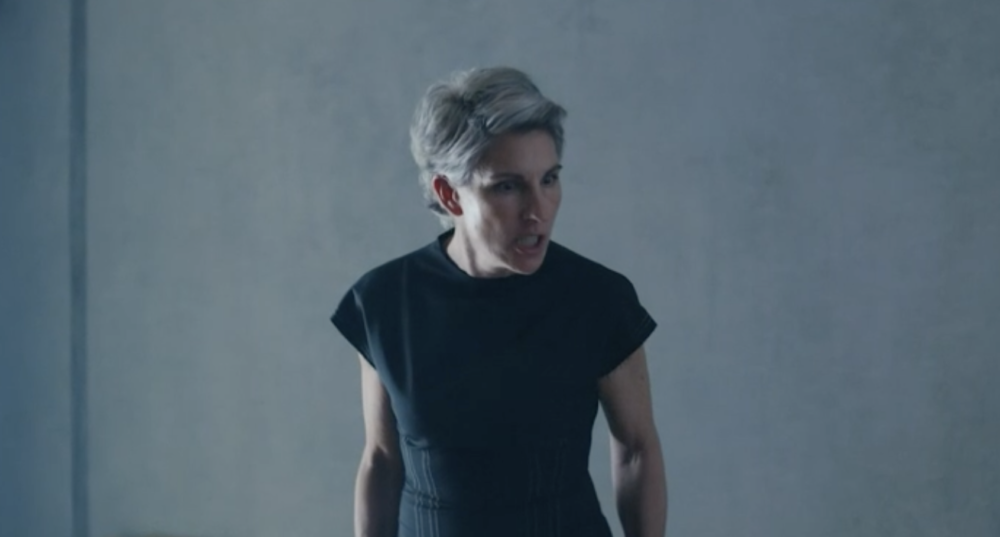
To make this hybrid theatrical/filmic experience even more charged, Godwin and Tim Sidell (director of photography) use the jump-cut technique. So, for example, Juliet’s “Gallop apace, you fiery-footed steeds” speech is interspersed with cuts from the murder scenes of Mercutio and Tybalt. This device is used throughout, and the results are electrifying.
The entire ensemble is admirable. The stately Lucian Msamati gives a commanding performance as Friar Laurence, elevating a traditionally minor role to a full portrait of compassion and humanity. Deborah Findlay adds a delightfully comedic dimension to the role of the Nurse, and Tamsin Greig gives a finely nuanced performance as Lady Capulet (adapter Burns has given her most of Lord Capulet’s lines). The always-compelling Adrian Lester lends gravitas to the role of the Prince. David Judge offers a fiery Tybalt, while Fisayo Akinade offers an affable Mercutio.
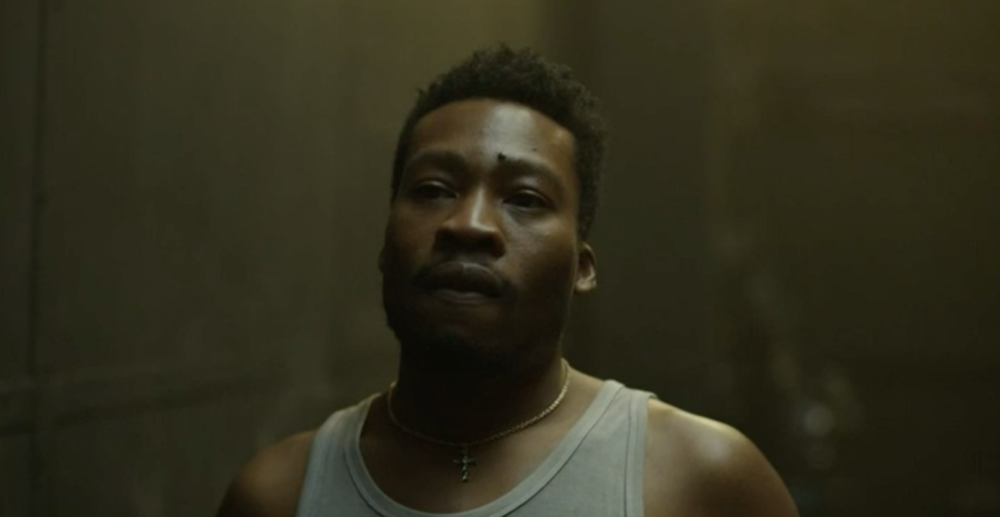
Above all, of course, there are the “star-crossed lovers” themselves. As Romeo, Josh O’Connor (recently Prince Charles in The Crown) adds an unusual tenderness, diffidence, and vulnerability to the role. Jessie Buckley (an Irish actress/singer) shines with a natural blend of strength, boldness, and courage. Their encounter at the masked ball (costumed by Gilmore) is mesmerizing, and their wedding scene, in a field of illuminated candles, is breathtaking. As a duet, they generate a genuine erotic energy as well as an innocence and purity. In short, they’re lovely together, and their scenes are richly supported by Michael Bruce’s melodious score.
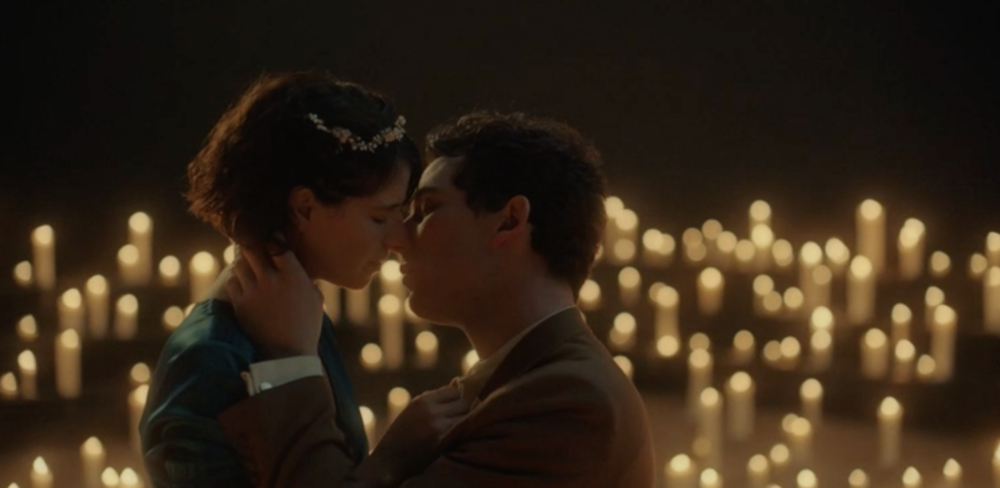
The final tableau – featuring the ensemble out of costume and back into street clothes again, surrounding the doomed couple – is another unforgettable moment in this visually stunning production.
Coming on the heels of a recent updated, starry Broadway version (wherein Romeo enters the stage on a motorcycle), Godwin’s Romeo and Juliet will be remembered, in contrast, for its unique blend of simplicity, clarity, and sheer beauty.
In the words of the director, it’s “an act of hope and celebration of what has come…and what will come.”
Shakespeare’s Romeo and Juliet, directed by Simon Godwin, a Royal National Theatre Production, now streaming on pbs.org




